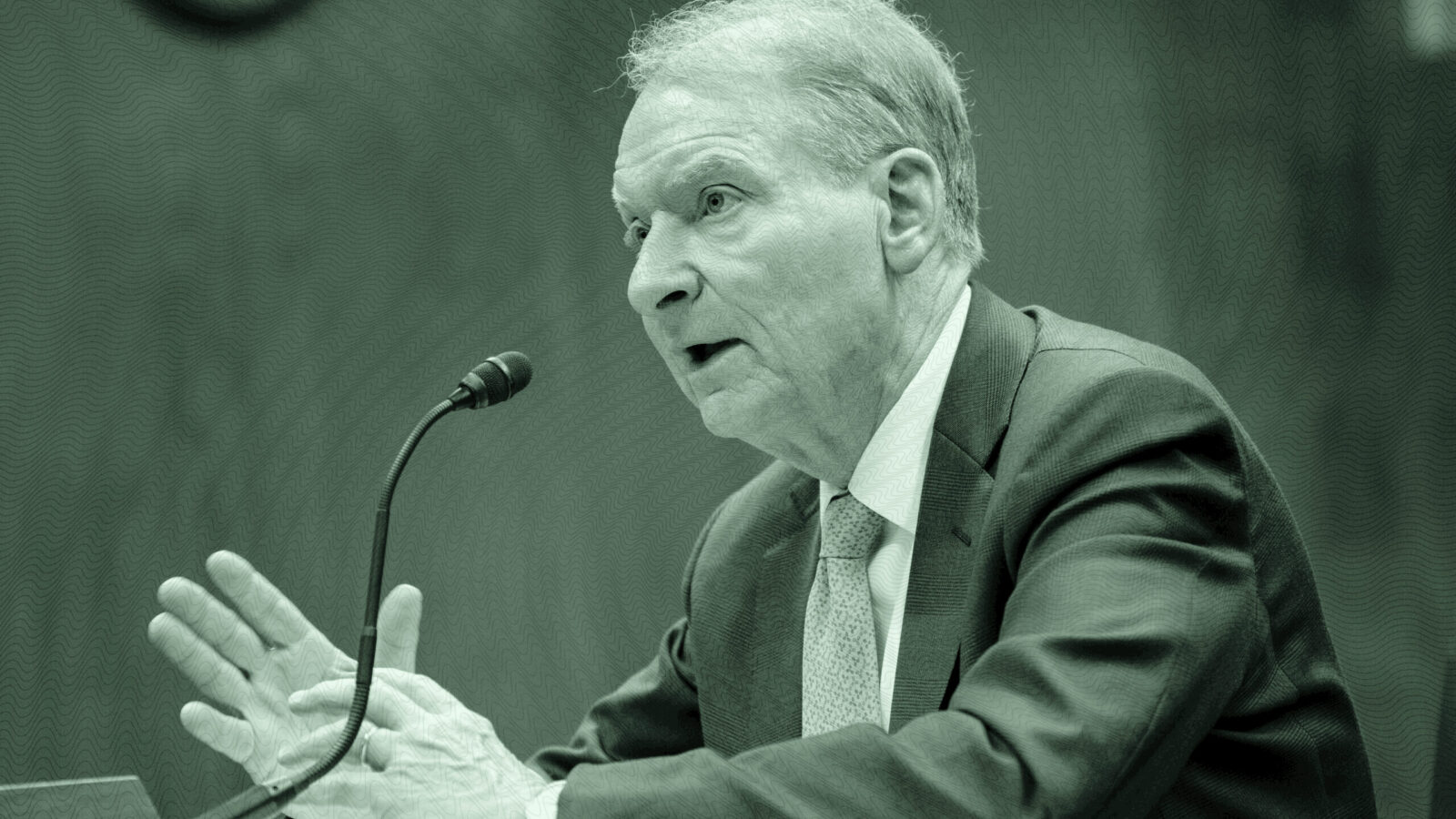Does Retirement Math Still Work? Goldman Warns of Growing ‘Financial Vortex’
Competing financial priorities and rising costs of living threaten to replace retirement as an economic reality for upcoming generations.

Sign up for market insights, wealth management practice essentials and industry updates.
For some, retirement is starting to feel like the elusive green light in “The Great Gatsby”: much-desired, an essential element of the American Dream … and forever out of reach.
Retirement math might not add up anymore, according to recent research from Goldman Sachs. Roughly four in 10 US workers spanning Gen Z, Millennials and Gen X are living paycheck to paycheck, and nearly three-quarters struggle to save for retirement. If that trend continues, more than half could be living paycheck-to-paycheck by 2033. Experts said the trend is caused by the rising costs of living and longer life expectancies, and that advisors should know how to adjust their advice accordingly.
“Telling workers to save more ignores the realities most workers face,” Greg Wilson, global head of retirement within Goldman’s asset and wealth management arm, said during a webinar. “The mounting challenges American workers face [amid] rising costs and competing financial priorities… make it harder than ever to save for retirement.”
Polar (Financial) Vortex
The cost of everything from housing to childcare has risen substantially over the past two decades, leaving little room for retirement contributions, a trend Goldman Sachs called a growing “financial vortex.” From 2000 to 2025, the cost of homeownership as a share of income jumped from 33% to 51%; for private college, from 65% to 85%; and for healthcare, from 10% to 16%. “There is less room in people’s wallets today than there was 20 years ago,” said Chris Ceder, senior retirement strategist at Goldman. “This structural shift is really underpinning many of the challenges we see for retirees today.”
Still, Americans haven’t lost faith in their retirement prospects — at least not yet. The survey found that 68% of workers feel “somewhat confident” about hitting their retirement goals, and more than half increased their savings over the past year. But under the surface, confidence is fragile: 58% fear they’ll outlive their savings, and nearly half find managing those savings stressful. That confidence gap is a hallmark of the new retirement landscape, Ceder said. “Markets are fairly up, account balances are up, but when you think through those longer-term risks, they’re still very present in the minds of retirement savers,” he added.
All of this makes retirement planning an increasingly essential service that can make a big difference in pre-retirees’ prospects. According to the Goldman report:
- Those with access to an employer-sponsored retirement plan boast a 29% higher savings-to-income ratio.
- Retirees who followed a personalized plan held 27% more retirement savings than those who didn’t.
Lifelong Assets. People are also living longer after they retire. According to the World Health Organization, the global life expectancy increased by nearly seven years between 2000 and 2019, from 66.8 years to 73.4. Nancy DeRusso, head of financial planning at Goldman Sachs Ayco, said one solution is to figure out what pre-retirees value most so that their plans can be tailored to them.
“You can say, ‘Oh if you downsize your house, then maybe you can retire early. Or, ‘Are you really willing to do that to fund your children’s college education?’” she said. “You need to get to that emotion. If you don’t have that emotion, people can’t act.”











